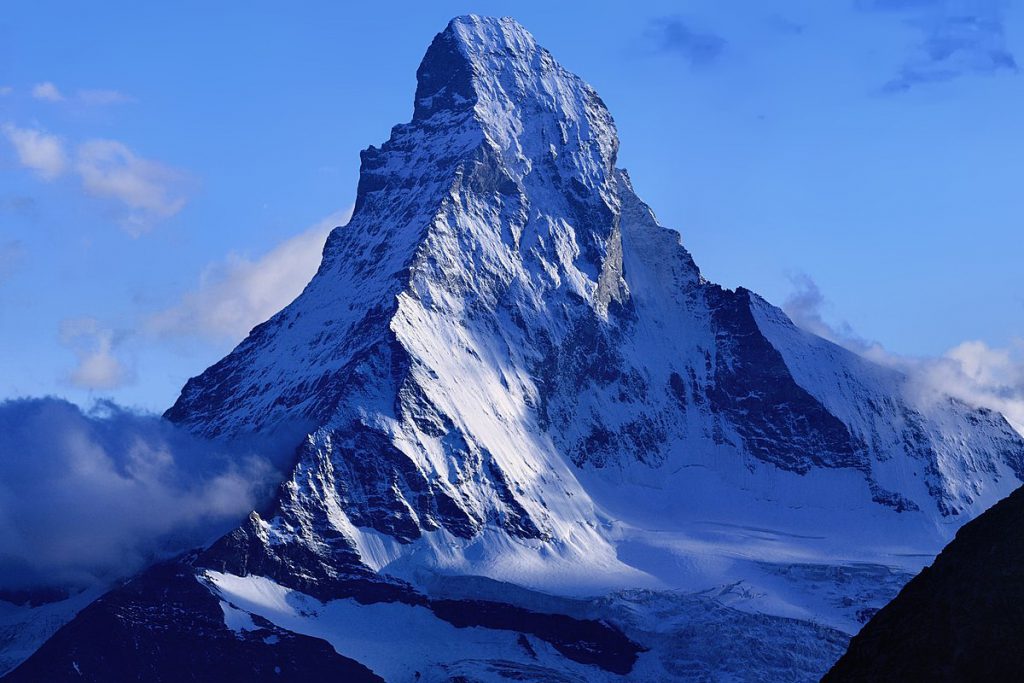As the tallest point in the Alps, Matterhorn, isn’t actually stable and to be sure moves thusly and that in at ordinary spans, as per trained professionals. Researchers from the Technical University of Munich drove research regarding the vibrations of the infamous peak and found that the mountain truly moves forward and backward. The peak is arranged on the line of Switzerland and Italy at very nearly 14,692 feet (4,478 m) above sea level. This displacement of the Matterhorn is vivified by seismic energy in the Earth, with beginning stages in seas, shudders and human activities.
It is acknowledged that depending upon external factors, all articles vibrate when empowered at their natural frequency. Thusly, the researchers decided to see whether the comparable happens in the mountain. “We had to know whether such resonant vibrations can in like manner be distinguished on a gigantic mountain like the Matterhorn,” said paper author and earth scientist Samuel Weber. To test their theory, the gathering of researchers presented seismometers at a couple centers around the mountain. These sensors thus send its recordings of advancements to the Swiss Seismological Service.
Also Read: This 50 Kg. Worm Was The Biggest To Crawl On Earth!
Through the readings, the scientists had the choice to choose frequency and resonance of the mountain’s resonance. These readings pointed out that the mountain may be moving back and forth in as expected. As per the data, the mountain is moving in the north–south course at a frequency of 0.42 Hertz and correspondingly in the east-west bearing.
Like a tree, the advancement is more at the perfection of the mountain as it is more ready to do free motion rather than the foot of the mountain which is fixed. “Regions of the Matterhorn experiencing intense ground motion are likely going to be more disposed to landslides, rockfall and rock hurt when shaken by a strong shudder,” said author of the paper and geologist Jeff Moore of the University of Utah.
